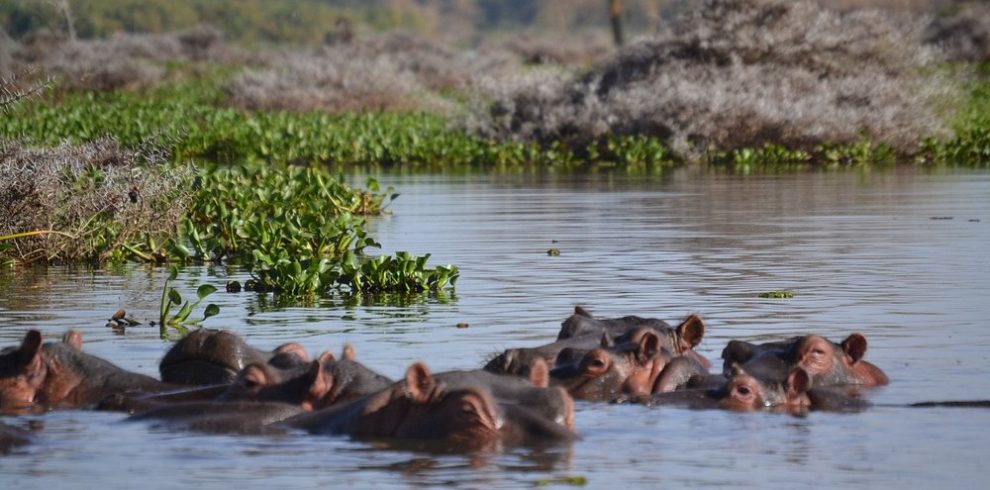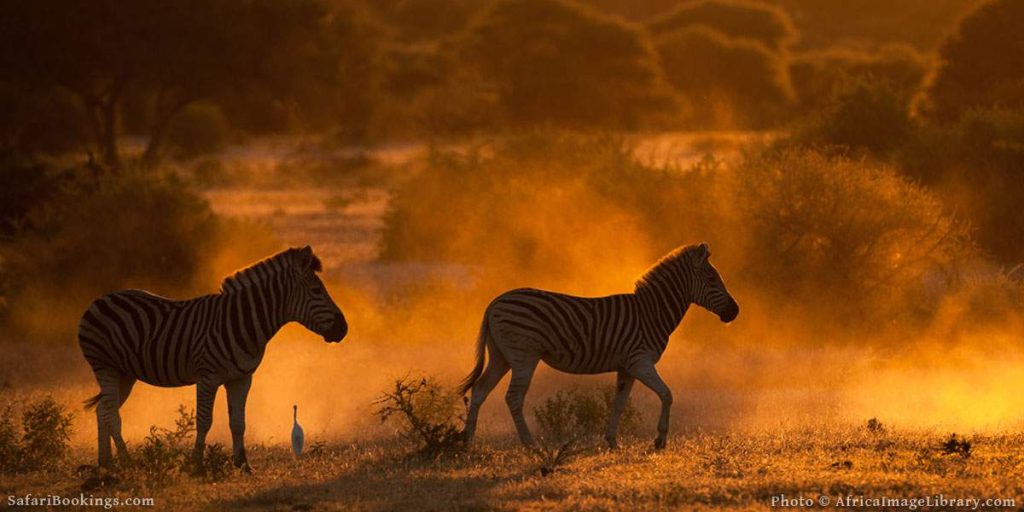
An African safari is an adventure that one will not forget and one can take some of the most spectacular photographs in the world. Whether it is from the grandeur of the elephants in the Serengeti or the elusive leopards in the Kruger National Park, an African safari offers the opportunity to capture momentous occasions in the wild. Taking photos of wildlife in natural habitat can be quite tricky, more than an impressive camera and lens. Whether you are a novice or a professional photographer, it helps to know which techniques will be most effective to bring out the best in your shot.
In this article, we will explore 15 African Safari Photography Tips that will help you capture the wild beauty of Africa’s landscapes and animals. From understanding the best camera settings to respecting the wildlife, these tips will ensure you get the most out of your African safari photography experience.
1. Research Your Safari Destination
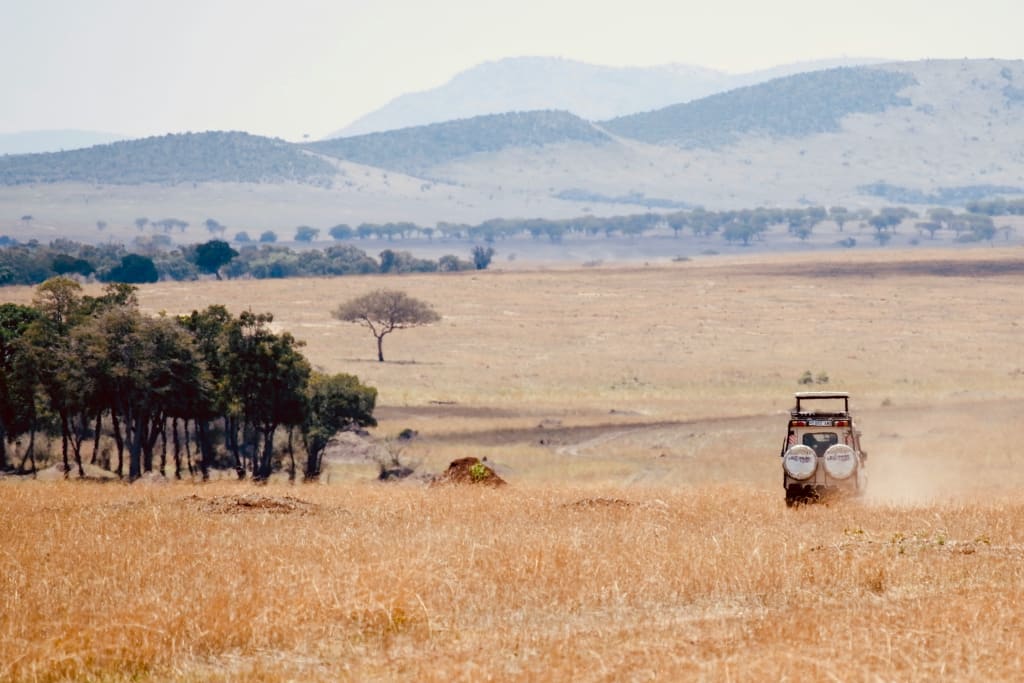
Do a research of the destination before setting out on your African safari. Africa is immense and various safari destinations are unique experiences to wildlife. Specific animals and uniques of every national park or game reserve live there, so knowing what to expect when creating photo shoots will help to be prepared.
• Animals to Expect: Some areas are better known for specific species. Examples include the Serengeti in Tanzania that boasts the Great Migration, and the Okavango Delta in Botswana that promises a lot of variety when it comes to photographing various kinds of birds.
• Seasonal Considerations: Depending on the time of year, the availability of water, and animal behavior patterns may change. You also need to find out the seasonality of your safari destination and this may inform you of the best time to do your photography.
2. Choose the Right Camera Gear

The selection of appropriate camera equipment is a primary concern in any African safari. Your intended photographic mode will determine the type of equipment you require e.g. wildlife portraits, action shots, landscapes.
Here is a rough outline of gear you need to take:
• DSLR or Mirrorless Camera: A camera with manual settings is ideal for adjusting exposure, shutter speed, and ISO on the go. Mirrorless cameras are small and portable, whereas DSLRs are bulkier by design and compete based on image quality.
• Long Telephoto Lens (200mm – 400mm): For wildlife photography, having a zoom lens will help you capture close-up shots without disturbing the animals. A long focus lens will be perfect when photographing long objects such as animals which are better viewed at a safe distance.
• Wide-Angle Lens (16mm – 35mm): A wide-angle lens is perfect for capturing the grandeur of Africa’s landscapes, such as sweeping savannas, towering dunes, and sunsets.
Tripod or Monopod: A tripod is not always required but a monopod can be useful when working in low light or using slower shutter speeds.
Extra Batteries and Memory Cards: Safari photography can take some long days in remote locations, it will be better to carry spare batteries and memory cards to avoid the loss of energy or storage.
3. Understand Camera Settings and Use Manual Mode

Although, new cams have automatic settings, to get a full control of your shots, you have to switch to manual mode. This gives you the ability to alter your exposure settings to match the lighting situation and the object being photographed.
Settings to watch out:
Shutter Speed: The faster the shutter speed, the better when it comes to capturing fast-moving subjects, like running zebras, birds in the air, etc. When taking shots involving action, set your shutter speed at a high rate of 1/1000 of a second or more. Slower-moving animals can be 1/500th of a second.
Aperture: A large aperture (low f-stop number) can be used to create a shallow depth of field that blurs the background and draws emphasis to your subject. In wildlife portrait shooting, you should use an aperture of between f/2.8 to f/5.6.
ISO: Vary the ISO with the available light. Increasing the ISO can assist you to get clear shots in the low-light conditions but remember that elevated ISO may create noise. To produce the highest quality images possible, stick to ISO settings lower than ISO 1600 in most situations.
4. Use Continuous Autofocus (AI Servo or AF-C Mode)

Wildlife can be very unpredictable and most of the time, the animals will not stand still long. Continuous autofocus is necessary to keep shots in focus. On Canon, it is AI Servo, and on Nikon, it is AF-C mode. This option will allow your camera to follow moving objects and refocus them automatically to keep them in the image.
Also, make use of burst mode when you need to take a series of shots within a short period of time. This comes in handy especially when capturing fast animals such as cheetahs in motion or when birds are flying.
5. Shoot During the Golden Hours
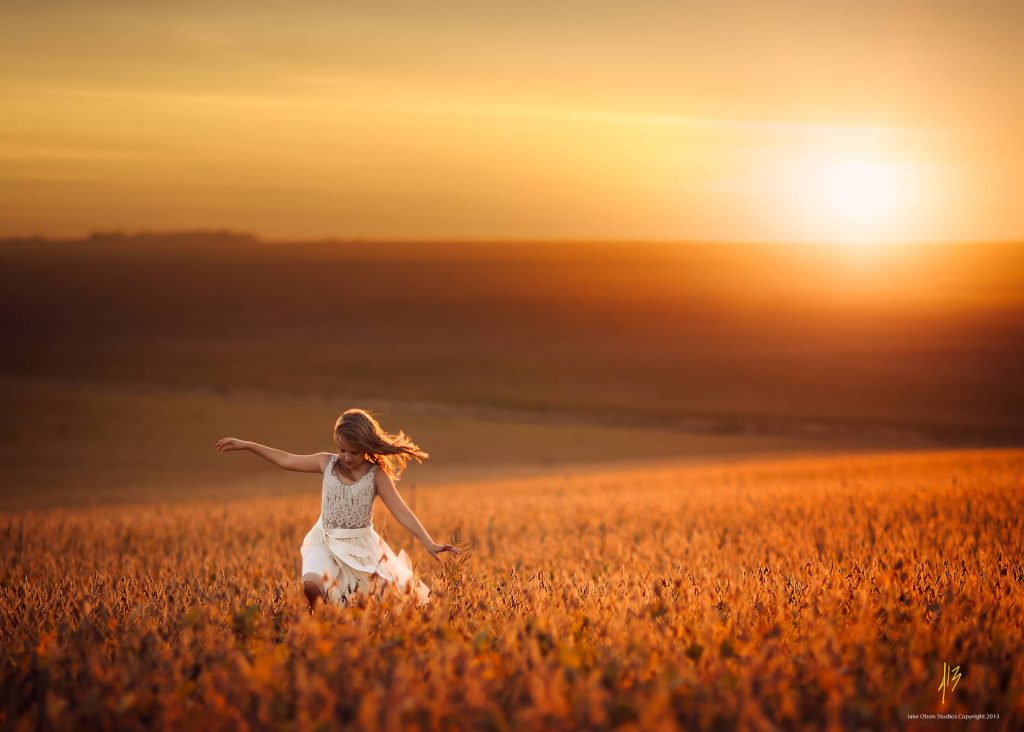
In Africa the lighting during the day might be really intense, and it might be quite hard to provide clear and bright pictures. To use natural light optimally, it is best to shoot during the golden hours just after dawn and just before dusk. These hours provide the warm and soft light that brings out depth, contrast, and warmth in your images and lead to optimal safari shoots.
Early Morning: Wildlife activity is normally higher during early mornings. You can fit animals in the early morning, when the cool light of dawn provides a magical halo to the land.
Afternoon: This is the best time to take photos of dramatic skies and wildlife at dusk when they are going to sleep.
Avoid taking pictures during harsh midday sun, as it may shape deep shadows and over-bright highlights which destroys pictures.
6. Master the Rule of Thirds

One of the most powerful techniques in composition is the rule of thirds. This means that you split your frame into a 3×3 square and align the most important components of your shot at the intersections or along the lines.
For example:
To break the dull composition in the center, place the horizon in the top or bottom horizontal line.
Orient the animal on one of the vertical lines to make dynamic and balanced pictures.
This is a straightforward tool that can dramatically improve the appearance of photos and make them more engaging and appealing to look at.
7. Focus on Animal Eyes
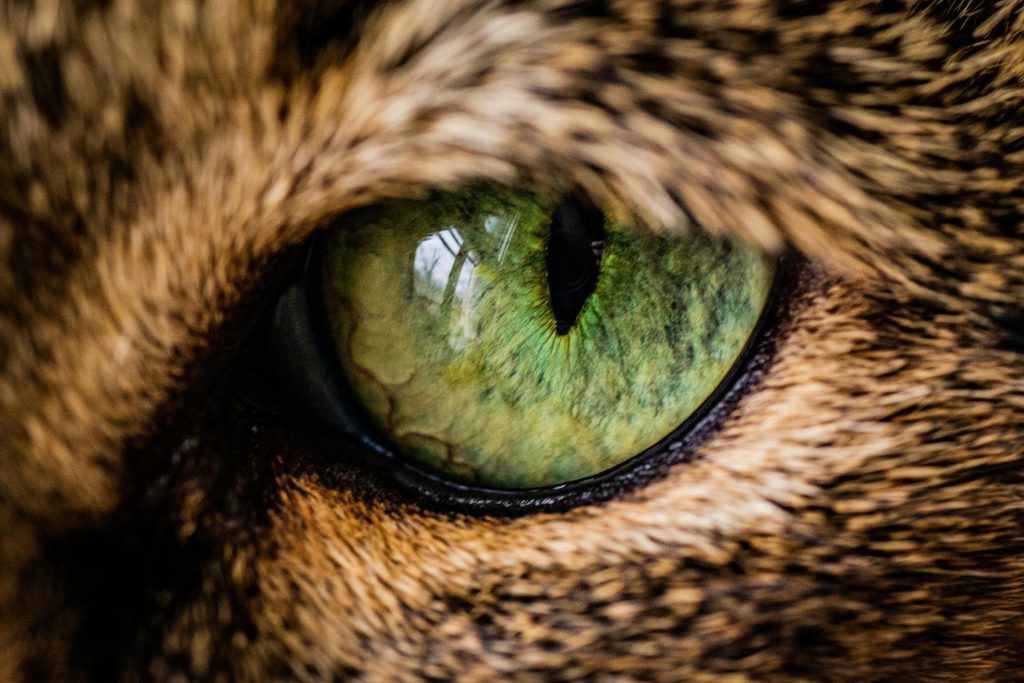
The fascinating part of wildlife photography is the expression and expressions portrayed by an animals eyes. Whenever possible, have the animals in focus with their eyes highlighted. Eyes with a sharp and clear focus can bring in an image and blur or hazy eyes may make the animal less appealing.
The eyes should be in focus, so in case the animal is moving, you should use the continuous autofocus and make sure it follows the animal.
8. Keep Your Distance from the Wildlife
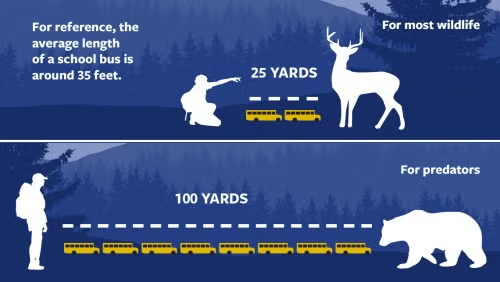
Although you might be tempted to take some close up shots when it comes to wildlife, you must keep in mind that the respect of the space of the animals must be imperative. Being near to wildlife may not only be dangerous but also stressful to the wildlife. Utilize your long telephoto zoom lens to take images in a safe distance and in focus.
Remember that in order to enjoy your trip, you need to respect the park or reserve rules and thus, you have to always take the advice of your safari guide.
9. Capture the Environment

Wildlife photography cannot be all about the animals, the environment within which they live also matters. Wide shots to depict the connection of the animals with their environments. This provides a background to your photos and can help them tell a story.
For example:
Take a picture of a singular giraffe with an African sunset in the background
To capture a sense of atmosphere have an elephant walking across a landscape in the ago of a foggy morning.
10. Be Ready for Action Shots
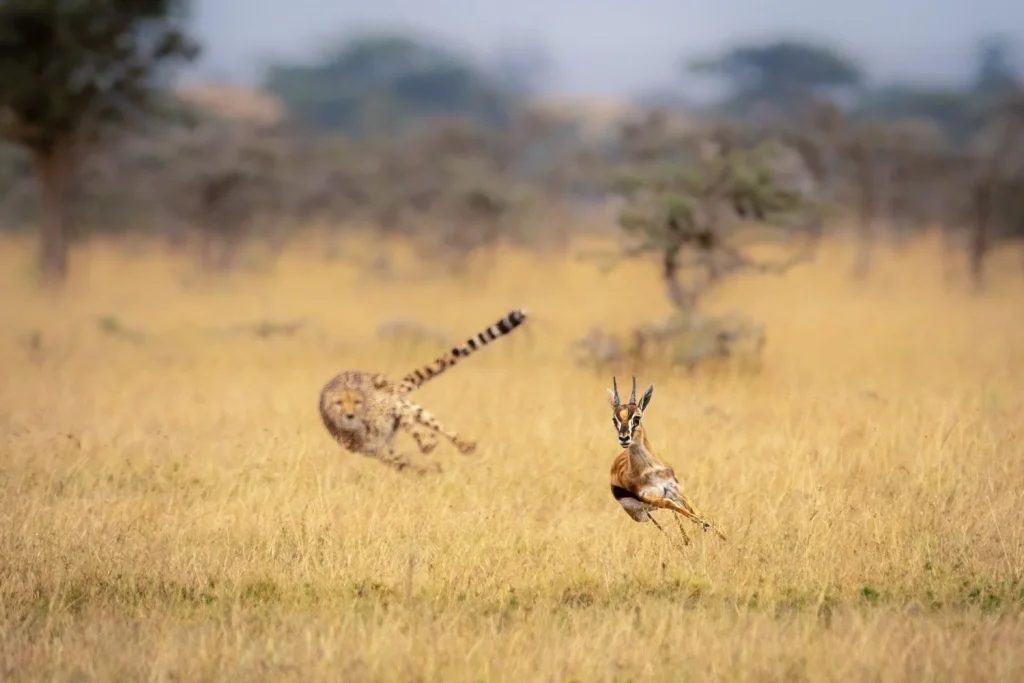
Wildlife in Africa is quick and unpredictable, particularly the predators such as lions, cheetahs, and leopards. Action shots: Be ready to shoot pictures with fast shutter and continuous autofocus as settings.
When shooting a predator that is in the hunt or an animal in motion, the anticipation of the move and the ability to fire off several shots in rapid succession is important.
11. Use Natural Framing

Add power to your photographs by using the features of nature to surround your subject. Consider trees, rocks or grasses that can guide the eye of the viewer into the animal or landscape.
Natural framing helps put more depth and interest to your shots so they feel more thought out and interesting.
12. Avoid Flash Photography

In the wild, flash can scare animals and even make them run away. It is also not efficient in taking pictures of wildlife in dim light, as it can produce unnatural lighting effect and harsh reflections.
Instead use natural light and set your camera features accordingly to capture the best quality image.
13. Take Candid Shots of Animal Interactions
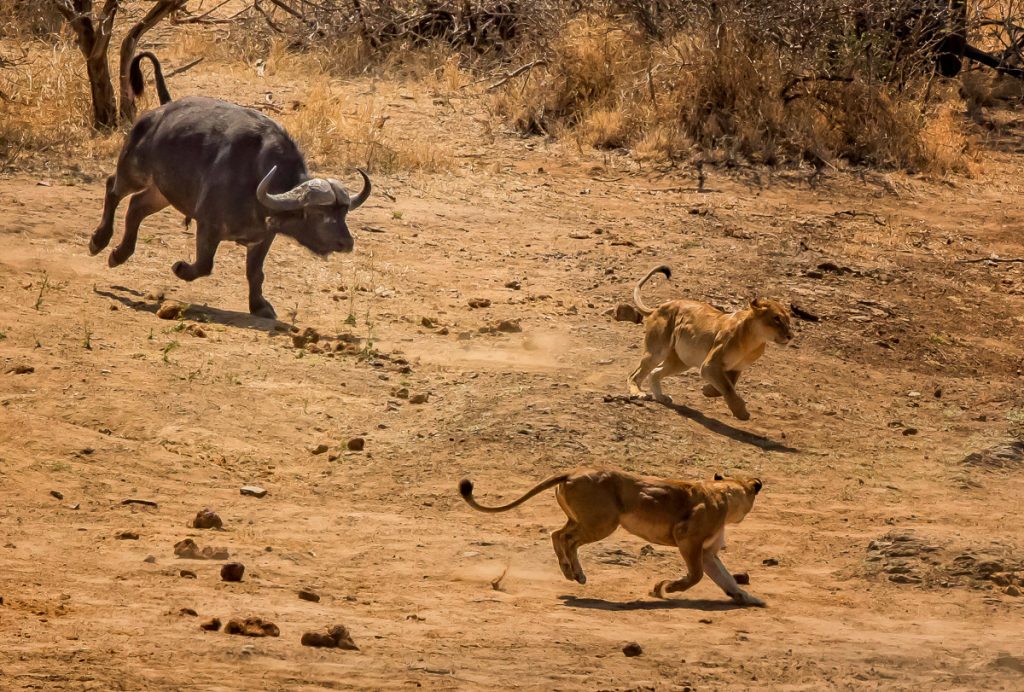
Among the strongest wildlife photographs there is the candid moments of animals with each other or surrounding them. Whether they are a group of lions snoozing in the shade or a mother and baby rhino together, I have tried to express the heart of wildlife photography in these photographs.
Wait and be patient to capture these unreal interactions, as they will help to create a good story behind the images and emotional effects.
14. Post-Processing for Enhanced Images
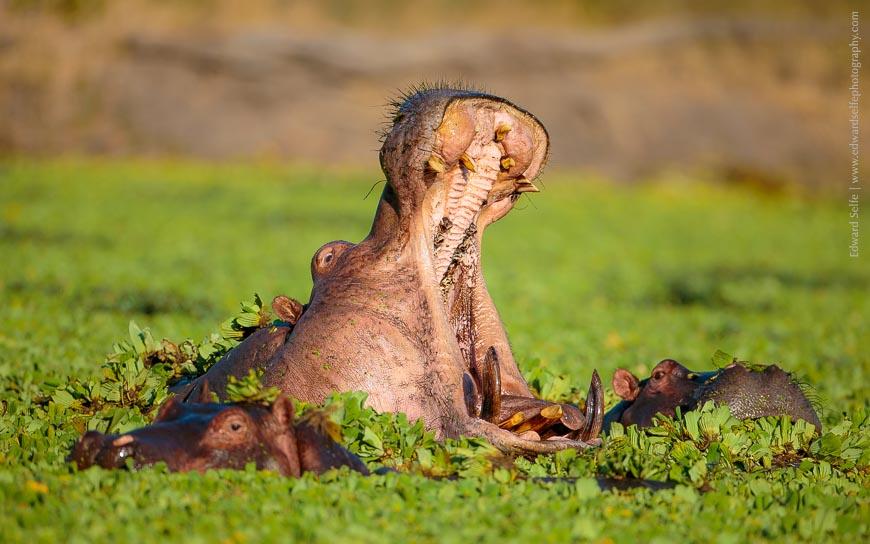
Once your safari is done, the real fun starts as you post process. Use the appropriate photo editing tools like Adobe Lightroom or Photoshop to edit your photographs. Benefit your photos by adjusting the exposure, sharpness, and contrast.
Watch out about excessively manipulating photos. The idea is to create something natural in enhancing the beauty of the scene without actually creating a made up beauty.
15. Respect the Wildlife
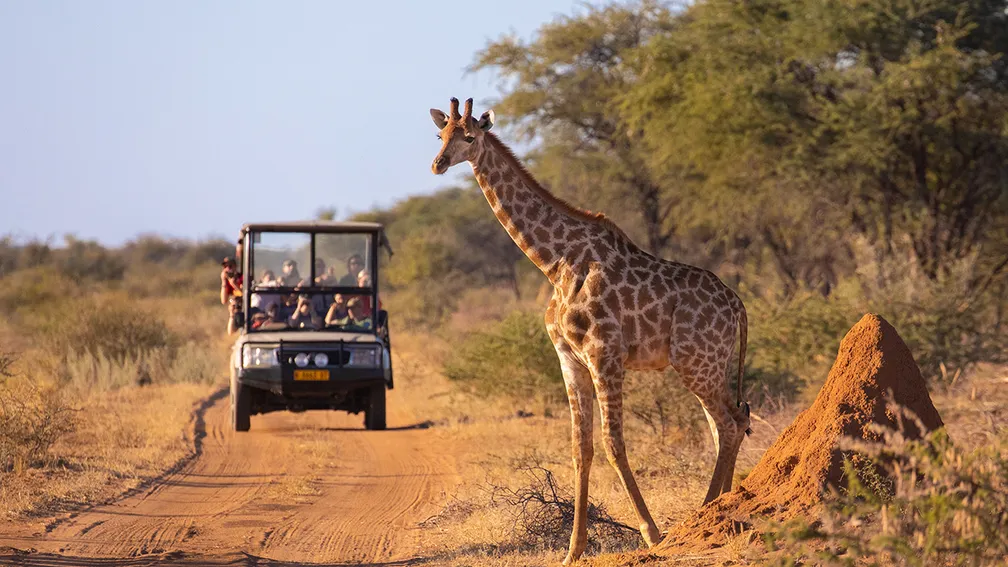
Finally, always remember that the primary goal of your African safari is to enjoy and respect the wildlife. Do not sacrifice the safety or comfort of the animals to get the perfect shot. Stick with the regulations of your safari guide, along with park rangers, and make certain your photography is ethical as well as responsible.
Conclusion
In conclusion, these 15 African Safari Photography Tips will help you take your safari photography to the next level, allowing you to capture stunning images of Africa’s wildlife and landscapes. With the proper gear, camera knowledge, time and farm animal respect, you too can craigzeil spectacular photos that carry poignant messages about the wild. Happy photographing!



